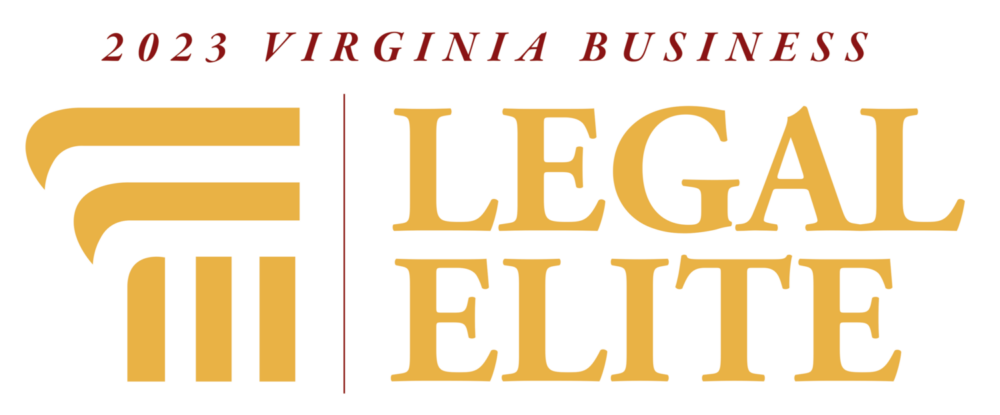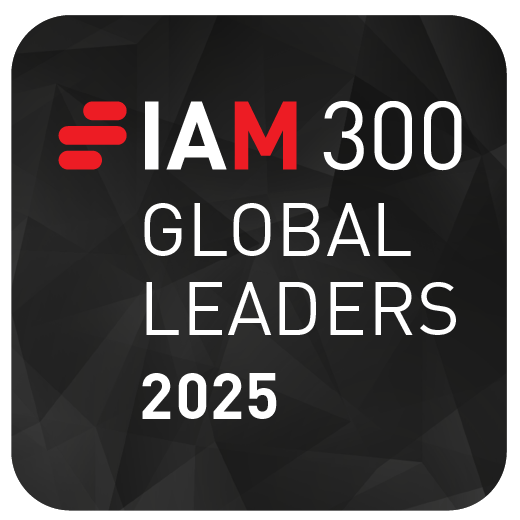Please see the information below regarding USPTO and 101 guidance (Japanese translation follows beneath the signature block).
Executive Summary
The USPTO has issued new guidance to patent examiners regarding subject matter eligibility analysis under 35 U.S.C. § 101, with particular focus on artificial intelligence and machine learning technologies. The USPTO notes that this memorandum is not intended to announce any new USPTO practice or procedure and is meant to be consistent with existing USPTO guidance.
The August 4, 2025, memorandum (https://www.uspto.gov/sites/default/files/documents/memo-101-20250804.pdf) from Deputy Commissioner Charles Kim represents a clear effort by the USPTO to reduce overly aggressive subject matter eligibility rejections, especially for AI technology. The guidance emphasizes several key points that should result in more favorable examination outcomes.
While this guidance appears to be designed to encourage more flexible examination practices, clients should understand that these internal USPTO directives do not bind federal courts, which may continue to apply strict standards in validity challenges.
Summary of Guidance
Mental Process Exception: The USPTO explicitly warns examiners not to overexpand the “mental process” category of abstract ideas. The guidance clarifies that claim limitations involving AI that “cannot be practically performed in the human mind” should not be categorized as mental processes.
“Recites” from “Involves”: The memorandum emphasizes the critical distinction between claims that “recite” a judicial exception (which require further analysis) versus those that merely “involve” an exception (which are eligible). The guidance uses specific examples to illustrate this distinction, noting that broad references to training neural networks may only “involve” mathematical concepts rather than explicitly “recite” them.
Holistic Claim Analysis: Examiners are reminded to evaluate claims “as a whole” rather than dissecting individual limitations in isolation. This approach should benefit complex AI and software patents where the inventive concept includes the interaction of multiple claim elements.
Higher Rejection Standard: Perhaps most significantly, the guidance reiterates that examiners should only make § 101 rejections when it is “more likely than not” (greater than 50% probability) that a claim is ineligible. This standard should reduce borderline rejections based on examiner uncertainty.
Xsensus Comments
Despite these encouraging developments at the USPTO, please note that this guidance provides no protection against validity challenges in federal court. The memorandum explicitly states that it represents only internal examination procedures. Federal courts remain bound by Supreme Court precedent, which continues to result in invalidation of software and AI patents under summary judgment.
Given this distinction between USPTO examination standards and judicial review, we recommend a drafting strategy focused on creating multiple layers of protection. For example, comprehensive dependent claims can provide fallback positions emphasizing technological improvements and specific implementation details. These claims should explicitly recite how the invention improves the functioning of a computer or technical field or solves technical problems. Patent specifications must clearly articulate technological improvements, even if not explicitly stated. The guidance notes that specifications need not explicitly declare improvements but must describe inventions such that improvements would be apparent to skilled artisans.
The memorandum’s focus on AI technologies suggests the USPTO recognizes AI’s potential for patent-eligible innovation. Claims directed to specific AI improvements in computer performance, data processing efficiency, or technical problem-solving should receive more favorable treatment.
The USPTO’s new guidance should improve patent prosecution outcomes by encouraging more flexible examiner analysis of AI and software patents, particularly through narrower application of abstract idea categories and higher rejection standards. However, since this internal guidance has no impact on federal courts, the focus must remain on obtaining patents that will survive judicial scrutiny.
<まとめ>
米国特許商標庁(USPTO)は、35 U.S.C. § 101に基づく特許適格性の分析に関する審査官向けの新たなガイダンスを発表しました。特に、人工知能(AI)と機械学習技術に焦点を当てた内容となっています。USPTOは、この覚書が新たなUSPTOの運用や手続きを公表するものではなく、既存のUSPTOのガイダンスと一致するものであることを明記しています。
2025年8月4日付のチャールズ・キム副長官による覚書は、特にAI技術に関する過度に厳格な特許適格性に基づく拒絶を削減するUSPTOの明確な取り組みを示しています。このガイダンスは、より有利な審査結果をもたらすためのいくつかの重要なポイントを強調しています。
なお、このガイダンスは、より柔軟な審査実務を促進する目的で設計されているように見えますが、クライアントは、これらのUSPTOの内部指針は連邦裁判所を拘束するものではなく、連邦裁判所は有効性に関する争いにおいて厳格な基準を適用し続ける可能性があることを理解する必要があります。
<新ガイダンスの概要>
Mental Process(精神的なプロセス)に関する例外:
USPTOは、審査官に対し、抽象的なアイデアの「精神的なプロセス」カテゴリーを過度に拡大しないよう明示的に警告しています。新ガイダンスは、人工知能(AI)に関連するクレームの限定事項が「人間の心で実践的に実行できない」場合、それらを精神的なプロセスとして分類すべきではないと明確にしています。
「Recites(記載する)」と「Involves(包含する)」の区別:
本覚書は、司法例外を「記載する」クレーム(更なる分析が必要)と、単に「包含する」クレーム(特許適格性有り)との間の重要な区別を強調しています。ガイドラインは具体的な例を挙げてこの区別を説明し、ニューラルネットワークのトレーニングに関する広範な言及は、数学的概念を「包含する」だけであり、明示的に「記載する」ものではないと指摘しています。
全体的なクレーム分析:
審査官は、クレームの個々の限定要素を個別に分析するのではなく、クレームを「全体として」評価するよう再確認されています。このアプローチは、発明の概念が複数のクレーム要素の相互作用を含む複雑なAIやソフトウェア特許において有益です。
より高い拒絶基準:
最も重要な点として、新ガイダンスは、審査官が§101に基づく拒絶を行う際は、クレームが適格でない可能性が「50%を超える確率で高い」(「より可能性が高い」)場合に限るべきだと再確認しています。この基準は、審査官の判断の曖昧さに基づく境界線上の拒絶を減少させるはずです。
<Xsensusからのコメント>
USPTOでの今回の101条拒絶における進展の一方で、本ガイダンスは連邦裁判所における有効性に関する争いに対して何らの保護も提供しない点にご注意ください。当該覚書は、これらが単なる内部審査手続きを定めるものに過ぎないことを明示しています。連邦裁判所は最高裁判所の判例に拘束されており、これらは引き続きSummary JudgementにおいてソフトウェアおよびAI特許の無効化を招く結果となっています。
USPTOの審査基準と司法審査のこの違いを踏まえ、弊所としては、権利保護の複数の階層を構築するような特許戦略を起案されることを推奨します。例えば、包括的な従属クレームをクレームセットに含めることで、発明の技術的改善や具体的な実装に関する詳細を強調するバックアップポジションを提供することができます。これらのクレームは、当該発明がどのようにコンピュータの機能や技術分野に改善をもたらしたり、技術的な課題を解決するかについて明示的に記載する必要があります。特許明細書は、直接的に記載されていなくても、発明の技術的改善を明確に記述する必要があります。本ガイダンスは、明細書において発明の技術的改善を明示的に宣言する必要はないが、発明を説明する際、当業者が改善を認識できるような記述が必要であると指摘しています。
本覚書がAI技術に焦点を当てていることは、USPTOがAI関連発明の潜在的な特許適格性を認識していることを示唆しています。コンピュータの性能やデータ処理効率の向上や技術的課題の解決など、特定のAI改善を目的としたクレームは、より有利な取り扱いを受けるべきです。
USPTOの新ガイダンスは、特に、抽象的概念の分類の適用を狭め、拒絶基準を厳格化することで、AIとソフトウェア特許に関する審査官の分析を柔軟化し、特許出願の審査を改善する可能性があります。ただし、この内部ガイダンスは連邦裁判所には影響を及ぼさないため、引き続き、司法判断に耐え得る特許を取得することにフォーカスする必要があります。







